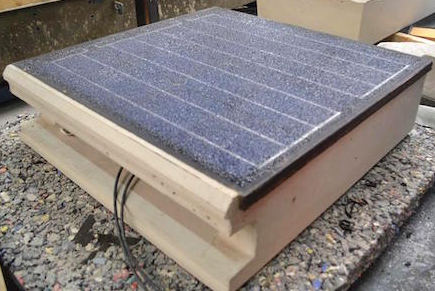Solar road scores high in early tests
 Reports are in from a trial of a solar power generating road in Europe, and it appears ot have gone quite well.
Reports are in from a trial of a solar power generating road in Europe, and it appears ot have gone quite well.
One of the more innovative attempts to power the future comes in the form of the SolaRoad; a pathway embedded with solar panels, protected with multiple layers of glass, silicon rubber and concrete.
The company set up a 70-metre test track near the town of Krommenie in Amsterdam.
In just a few months, it has generated over 3,000 kilowatt-hours, or “enough to provide a single-person household with electricity for a year”, reports say.
The reading of 70 kwh per square metre of solar road per year is what the designers predicted would be an “upper limit” of its capability.
The roads feature cheap, mass-produced solar panels, covered with layers of coating to prevent slippage.
The current version can support vehicles of up to 12 metric tonnes, enough for most normal cars but not quite enough to be rated for heavier vehicles like trucks and buses.
But while savings start almost immediately the 70-metre test track cost roughly $US3.7 million, paid for largely by the local government.
The tests revealed one new risk, as the anti-slip coating began to peel away due to long-term sun exposure and temperature fluctuations.
Researchers have told reporters that they are already at work on an improved version.
“Solar panels on roofs are designed to have a lifetime, which is typically 20 to 25 years,” says company spokesman Dr. Sten de Wit.
“This is the type of lifetime that we also want for these types of slabs.
“If you have a payback time of 15 years, then afterwards you also have some payback of the road itself so that makes the road cheaper in the end.”
Apart from the advantage of generating electricity locally, SolaRoads could eventually power embedded lights and sensors that “improve traffic management, or even allow automatic vehicle guidance,” de Wit said.








 Print
Print